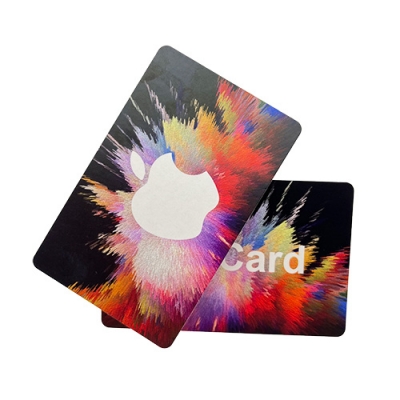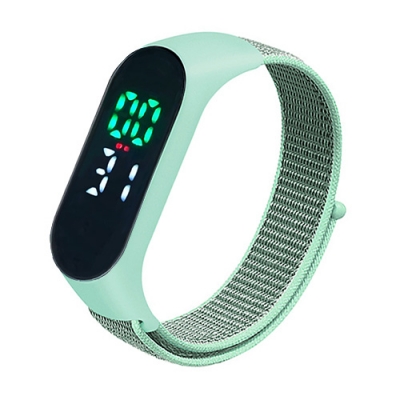In recent years, with the rise of scanning code payment, UnionPay QuickPass, online payment and other methods, many people in China have realized the vision of "one mobile phone goes to the antenna". This also shows that mobile payment is more and more popular among ordinary consumers, and it also shows that the construction of national mobile payment infrastructure has also made great progress. There is even an interesting phenomenon. The development of mobile payment has completely "lost the way" in the line of thieves.
In the field of mobile payment, the debate about QR code and NFC has never stopped. The two approaches have been at war for years, and more recently.
The production cost, acquisition cost, and dissemination cost of QR code are very low. In addition, QR code has strong versatility, good fault tolerance, and does not require additional equipment deployment. These characteristics make it possible to quickly apply in the early stage of mobile payment. But the QR code has a big problem, that is, it is easy to be abused. The characteristics of easy production and easy dissemination also mean that it is easy to be used by criminals for fraud.
The physical chip of NFC technology makes it possible to ensure the safety and reliability of financial activities through secure interactive authentication during the communication process. In addition, from the perspective of interconnection of all things, it is inconvenient and unreliable to realize interconnection through QR code, and interconnection with NFC technology is more advantageous.
In recent years, with the popularity of NFC mobile phones and the opening of the reader/writer function of NFC mobile phones, a large number of devices have realized electronic identification of devices by adding NFC tags and using NFC communication technology. But at the same time, this point may also be the limitation of the development speed of NFC technology, that is, the interconnection between the device and the mobile phone should be based on the design and deployment of the device hardware by each device manufacturer, as well as the software development and deployment of the corresponding APP on the mobile phone. It is not as fast as the ecological environment construction of early QR code applications, but the advantages of NFC in this field are also obvious.
NFC, a very important role in The Internet of Things (IoT), unites many technologies working together to increase the automation, safety, and efficiency of everyday tasks. In smart cities, for example, the IoT involves a mix of technologies that create a greener, more connected urban environment.NFC Tags can be applied also on metal surfaces, because they are equipped with a layer of ferrite that protects the magnetic field.
specification:
1.Material:Coated paper/Glossy paper/Matte paper/Easy shredding paper
2.Frequency :13.56MHZ
3Protocol standard:ISO14443A
4.RF chip:Ntag213/215/216
6.The data set Read and write 100000 times
7.Antenna:Aluminum etching
8.Working temperature:-25℃~75℃
9.Storage temperature:0℃~75℃
10.Service life:10 years














